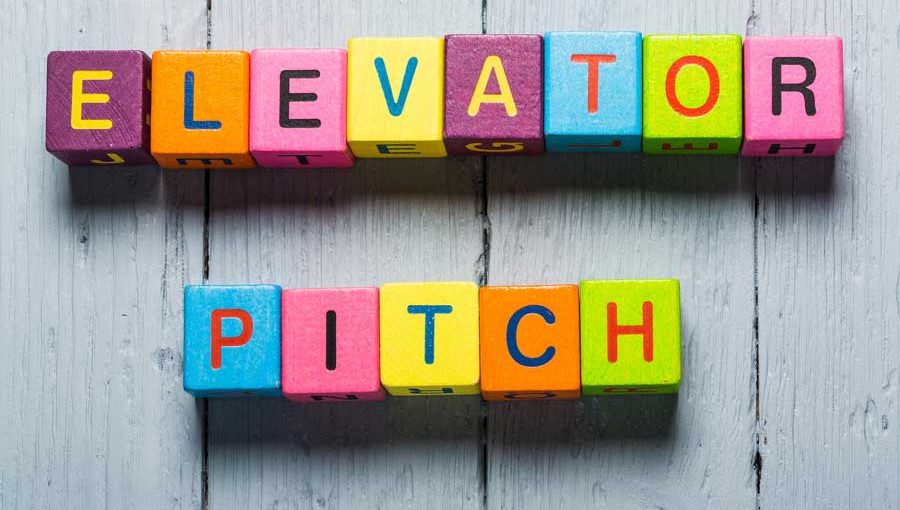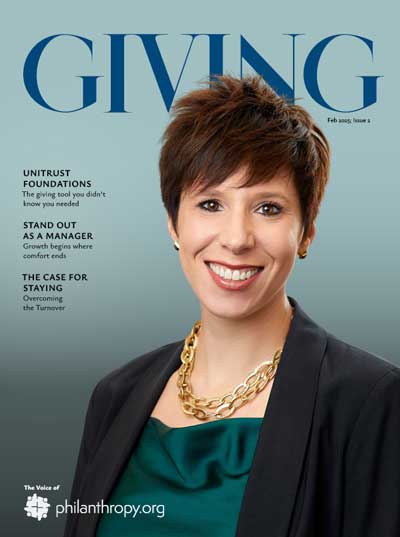Originally Written in 1999. Updated in 2003, 2008, 2017 and 2025.
You get in the elevator to head up to the 12th floor. A prospect you’ve always wanted to talk to enters at the third floor. He recognizes you and says:
“I’ve seen you before. What do you do for the institution?”
So — can you reply in 8 seconds or less?
That’s about how much time you have to grab someone’s attention or leave a first impression. Can you say what he wants to hear without boring him, or before you reach your destination?
Yes — but only if you’re prepared.
Memorize Your Planned Giving Elevator Pitches
You need a planned giving elevator pitch. Not a script. Not a monologue. Just a natural, concise, and well-practiced answer to the question, “What do you do?” or “How can I help?”
An elevator pitch is a planned giving conversation starter—a carefully planned response that explains what you offer in a way anyone can understand during a short, casual interaction. The key is to make it conversational and informal, not like a fifth-grader reading a book report to the class.
Practice it. Polish it. Have more than one. Because you’ll use them everywhere: At a reunion. At a legacy society luncheon. At a party. Even walking down the street.
It’s Not a Sales Pitch
Avoid the urge to lead with “the gift plan.” Your prospect isn’t buying a financial vehicle — they’re buying you, your mission, and the impact of your institution’s work.
So, yes — practice your planned giving elevator pitches. But focus your message around your nonprofit’s vision, purpose, and potential. The gift is simply the tool.
For example:
“Did you know you don’t have to be wealthy to make a significant gift?”
That’s a perfect opener. It intrigues without overwhelming.
So How Do You Build These Pitches?
We’ve done the hard work for you. Below are sample elevator pitches organized by donor persona or motivation. Each is based on a likely donor scenario, and written in plain, natural language.
Memorize the ones that fit your audience. Or better yet — all of them.
Important Note:
These aren’t full conversations. They’re quick, natural openers designed to spark interest and start a dialogue. Think of them as door-openers, not closing lines. Tailor each elevator pitch to your voice, your style, and your donor.
Security-Focused Donors
Motivation: Value predictable income and financial stability.
Gift Annuity
Situation: “I’m retired and worried my savings aren’t earning enough.”
Pitch:
What if I told you there’s a way to make a meaningful gift and still get guaranteed fixed income for life—often better than CDs or low-yield investments? A Charitable Gift Annuity lets you give and get something back. It’s simple and secure.
Pooled Income Fund
Situation: “I want steady income but also want to support a cause I care about.”
Pitch:
Think of it like a charitable mutual fund. You contribute, it gets invested, and you receive income for life. Then, your gift supports the mission. Plus, no capital gains tax if you contribute appreciated assets like stock.
Tax-Savvy Donors
Motivation: Minimize capital gains, reduce taxes, and maximize deductions.
Appreciated Securities
Situation: “I’ve got old stock that’s grown a lot—but I don’t want to pay capital gains tax.”
Pitch:
Instead of cash, consider donating stock. You avoid capital gains tax and get a deduction for the full market value. It’s one of the smartest ways to give.
IRA/Retirement Plans
Situation: “I don’t want the IRS to take a big chunk of my IRA when I’m gone.”
Pitch:
If your heirs inherit your IRA, they’ll face double taxation. But if you leave it to charity, it’s tax-free—and you can direct other assets to family. You’ll maximize impact and reduce the tax hit.
Legacy-Focused Donors
Motivation: Leave something meaningful behind for future generations.
Bequest Through Will or Trust
Situation: “I want to support your work, but I need to keep my assets for now.”
Pitch:
You can include a simple gift in your will—called a bequest. It costs nothing today, is easy to change, and makes a lasting difference for future generations.
Lead Trust
Situation: “I want to leave most of my estate to my kids but also support charity now.”
Pitch:
With a Lead Trust, you give income to charity for a few years—and the rest goes to your family with significant tax savings. It’s a smart way to benefit both your loved ones and your values.
Control and Flexibility Seekers
Motivation: Want creative options that give flexibility or preserve control.
Bargain Sale
Situation: “I’d sell this property, but I also want to give part of it to charity.”
Pitch:
With a bargain sale, you sell your property to us at a discount—we get a gift, you get cash, and you deduct the difference. It’s a win-win.
Retained Life Estate
Situation: “My home is valuable, but I still want to live in it.”
Pitch:
You can deed your home to us now and still live there for life. You get an immediate tax deduction, and you know your legacy is secure—without giving up control today.
Impact-Driven Donors
Motivation: Care most about results and the difference their gift makes.
Real Estate
Situation: “I have property I no longer use—it’s become a burden.”
Pitch:
Why not turn that unused property into something extraordinary? Donating real estate can relieve you of maintenance, reduce your taxes, and create a lasting legacy.
Unitrusts / Annuity Trusts
Situation: “I want to give now, but I also need some income during retirement.”
Pitch:
With a trust, you donate an asset, receive income for life, and reduce capital gains tax. After that, the remainder supports our cause. It’s one of the most impactful ways to give.
Bonus: For the Fence-Sitter
Conversation Starter
If I could show you a way to redirect your taxes to help our mission—without affecting your cash flow today—would you give me two minutes of your time?
Final Word
If you can’t explain what you do in eight seconds, you’ve already lost the moment.
Practice your elevator pitches until they feel effortless. Speak to the donor’s motivations, not just your institution’s needs. And always remember: they’re not buying a financial product. They’re investing in your vision.
Bonus! Quick Pitches:
BEQUEST
Make a gift that costs nothing during your lifetime.
APPRECIATED SECURITIES
Turn appreciated stock into a tax-smart charitable gift.
CHARITABLE GIFT ANNUITY
Make a gift and receive income for life.
REAL ESTATE
Give real estate, reduce taxes, and leave a legacy.
WILL OR TRUST
Name us in your will—change it anytime.
STOCK DONATION
Avoid capital gains by donating stock instead of selling.
RETAINED LIFE ESTATE
Give your home, but live in it for life.
IRA GIFT
Use your IRA to make a tax-free gift.
LIFE INSURANCE
Donate a life insurance policy you no longer need.
BARGAIN SALE
Sell property at a discount, make a partial gift.
CHARITABLE REMAINDER TRUST
Create a gift plan that pays you back.
LEGACY GIVING
Make a larger gift than you ever thought possible.
NON-CASH GIVING
Support what matters most—without touching your bank account.
ESTATE PLANNING
Reduce estate taxes with a simple bequest.
CHARITABLE LEAD TRUST
Support charity now, leave assets to family later.
TAX-WISE GIVING
Double your impact—less tax for you, more for us.
LOW-PERFORMANCE ASSETS
Turn low-performing assets into high-impact giving.
BENEFICIARY DESIGNATION
One signature can change lives—name us as beneficiary.
VALUES-BASED GIVING
Your legacy can outlive your lifetime.
ASSET-BASED GIVING
Make a gift from assets, not your income.
TAX REDIRECTION
Redirect taxes toward something meaningful.
LEGACY VALUES
Make your values your legacy.
EVERYDAY DONOR
You don’t need wealth to make a major gift.
BALANCED GIVING
Support the future—without sacrificing the present.
SIMPLICITY
Leave behind purpose, not paperwork.



